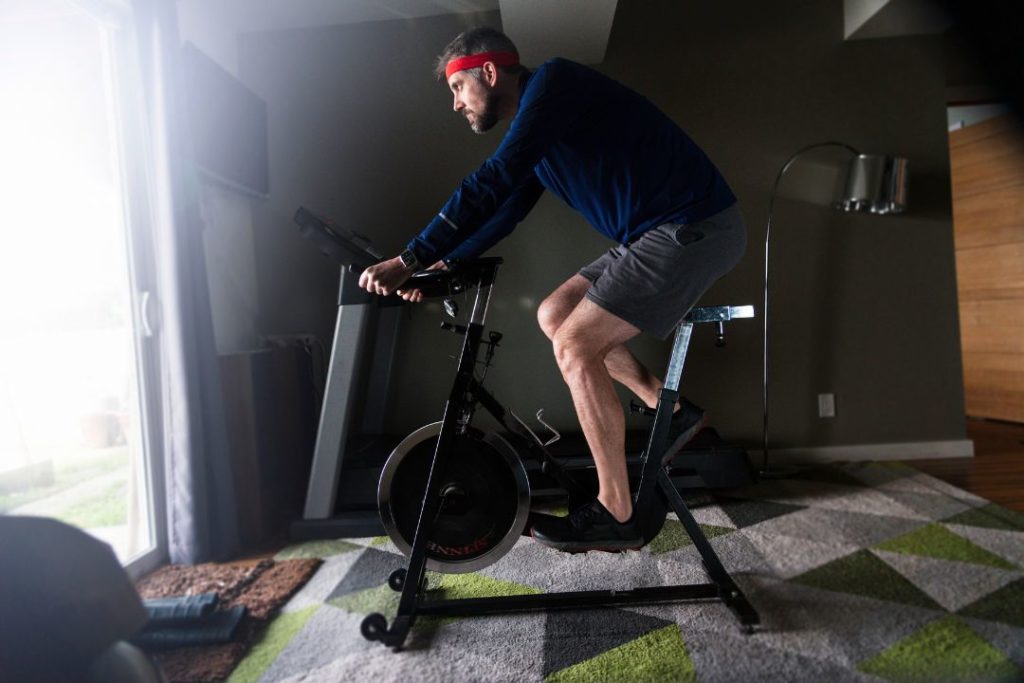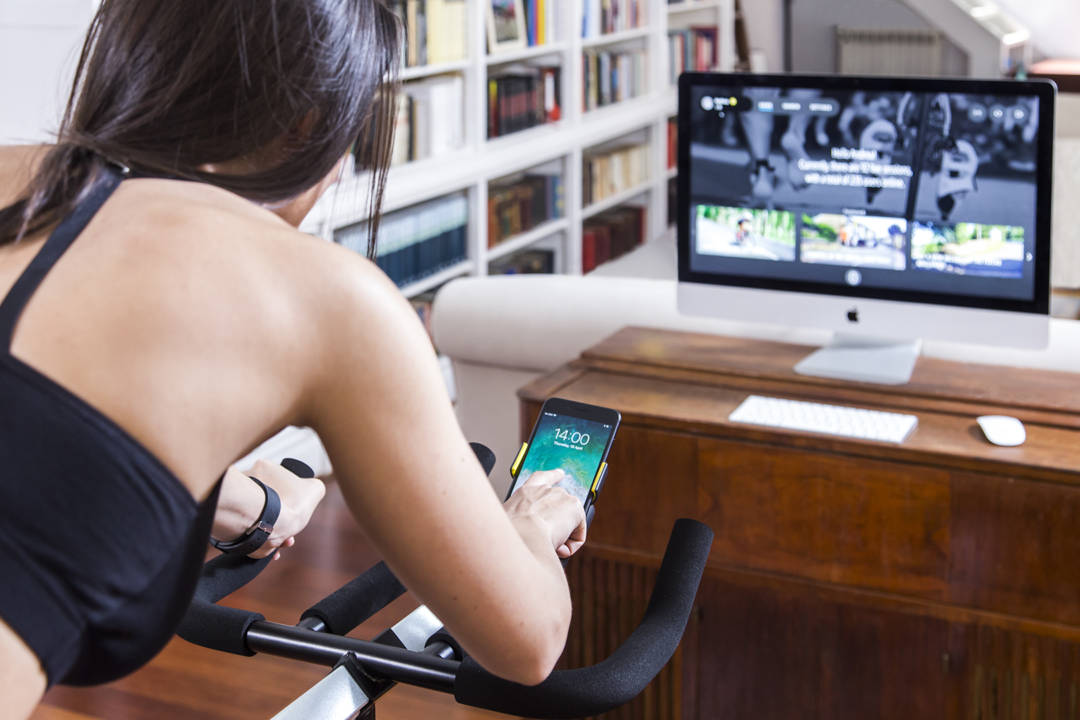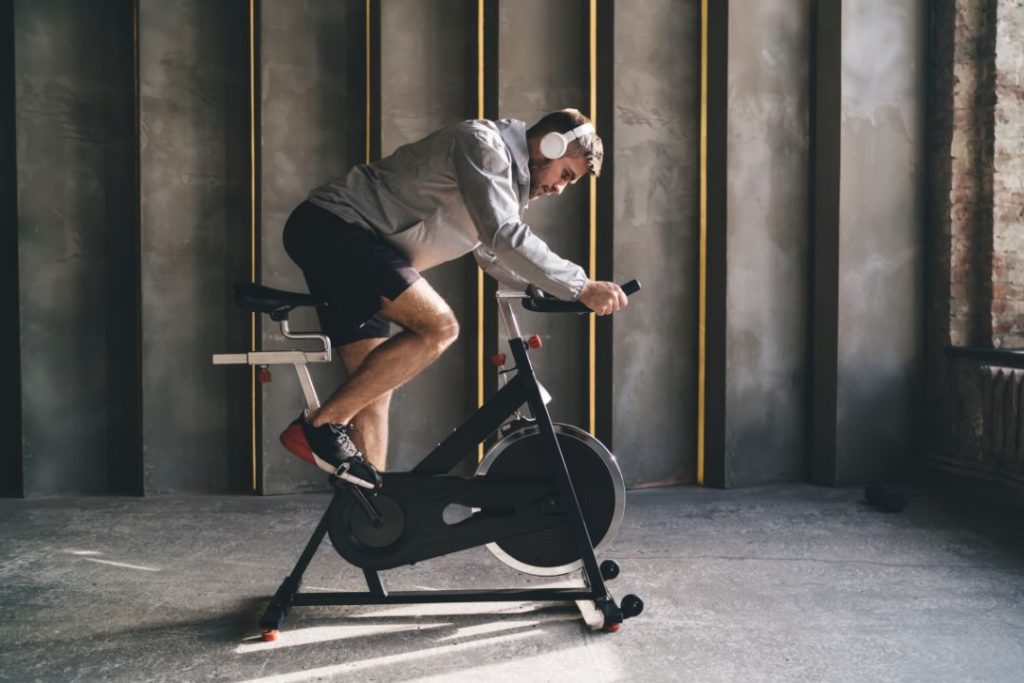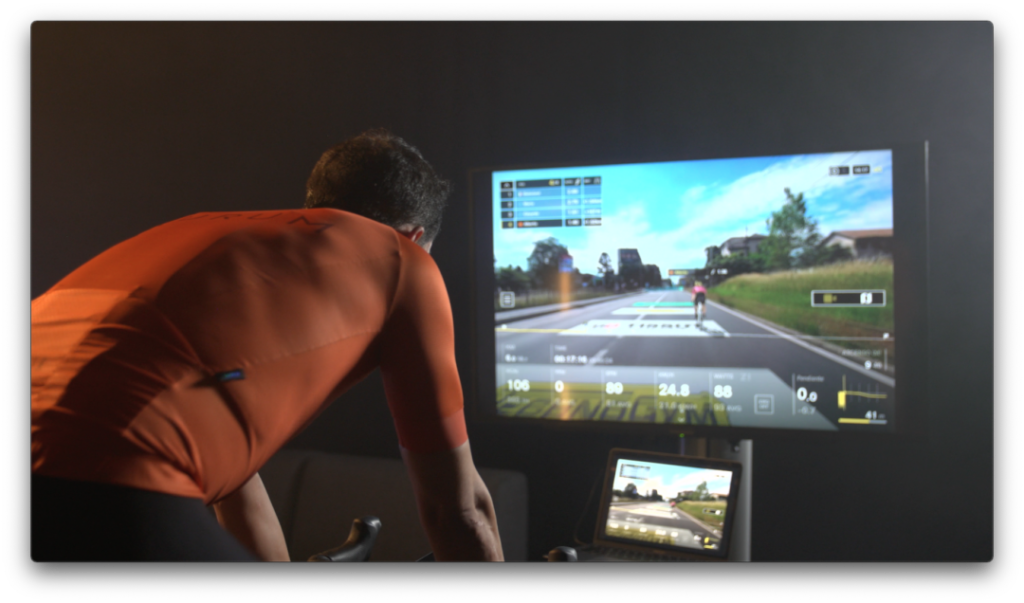Cycling is a discipline that demands endurance, technique, and power. To improve in all these areas, it’s not enough just to ride miles and miles. This is where HIIT training comes into play, a method that, when properly implemented, can be the key to taking your cycling performance to the next level.
High-Intensity Interval Training (HIIT) isn’t something new. Although it has gained popularity in recent decades, its roots go back to the early 20th century. For many years, athletes from various disciplines have used it as a tool to improve their cardiovascular capacity, endurance, and power in short periods.
Basic principles of HIIT
HIIT involves short, explosive periods of maximum effort exercise, followed by rest periods or low-intensity exercise. These intervals can range from a few seconds to several minutes. The main aim is to push the body to its limit during those moments of peak intensity.
In the context of cycling, this might translate to an intense 30-second sprint, followed by a relaxed 2-minute ride, repeating this cycle multiple times. The key is that during those sprints, the effort must truly be at its maximum.
Benefits of HIIT for cycling
In the realm of cycling, HIIT training offers numerous advantages:
- Improved cardiovascular capacity: With HIIT, the heart becomes stronger, allowing more blood and oxygen to be pumped to the muscles with each beat.
- Increase in power: By demanding the most from your legs in each interval, you train your muscles to generate more force in less time.
- Time efficiency: We don’t always have hours to train. A HIIT session can last between 20 and 30 minutes, but its impact on performance can be comparable, or even superior, to longer endurance training.
- Adaptability: HIIT can be performed both outdoors, on a road or mountain, and on a cycling simulator, like BKOOL.

HIIT methods and routines for Cyclists
Now that you’re aware of the benefits, it’s important to understand how to incorporate HIIT into your cycling training. Here’s a sample routine you can follow on a cycling simulator like BKOOL:
- Warm-up: 10 minutes at a moderate pace.
- Intervals: 30 seconds at maximum intensity, followed by 2 minutes of relaxed riding. Repeat this cycle 10 times.
- Cool down: 10 minutes at a gentle pace.
It’s essential that during the high-intensity intervals, the effort truly be at its maximum. Over time, you can vary the duration of the intervals or increase repetitions, depending on your progress and physical condition.
Risks and considerations of HIIT in Cycling
Like any training, it’s essential to listen to your body. HIIT is demanding, and it’s crucial to ensure you’re in the right physical condition to face it. Before starting any routine, especially if you’re a beginner or have health issues, consult a professional.
Nutrition is also a vital consideration. When putting the body through such intense efforts, it’s essential to provide it with the right nutrients and hydration before, during, and after training.
Success stories and testimonials
Many cyclists, from amateurs to professionals, have incorporated HIIT into their routines with outstanding results. A recurring testimonial is from those with tight schedules who have found HIIT to be an efficient way to train, especially on cycling simulators like BKOOL, where intervals can be customised, and specific routines followed.
Properly implemented, HIIT training is a powerful tool for any cyclist aiming to enhance performance in terms of power, endurance, and cardiovascular capacity. Whether on the road or a cycling simulator, it’s a demanding method, but one that also delivers results.
However, it’s essential to approach it sensibly, listen to your body, and ensure you’re equipped with the right nutrition and hydration. If you’re considering incorporating HIIT into your training, always consult a professional and, above all, enjoy the process and every pedal stroke.
BKOOL is the most complete cycling simulator on the market – try it FREE for 30 days!
 Go to BKOOL
Go to BKOOL





